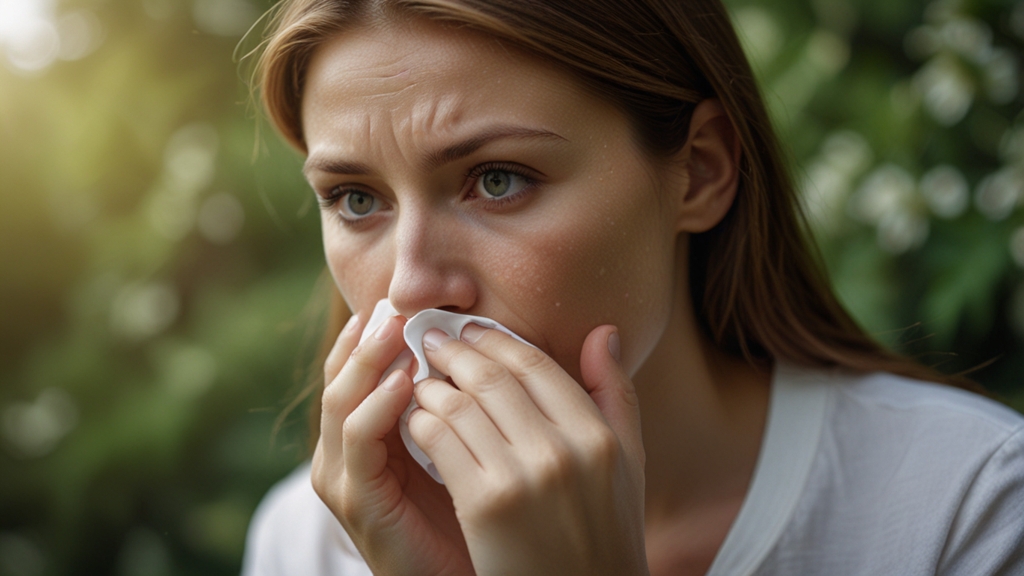The Science Behind Allergies: Why Are We More Allergic Than Ever?
In recent decades, the prevalence of allergies has surged, transforming what was once a rare affliction into a common health concern for millions worldwide. From food allergies to pollen sensitivities, more individuals are experiencing reactions that range from mildly irritating to potentially life-threatening. But why are we more allergic than ever? This article delves into the science behind allergies to uncover the reasons for this modern epidemic.
The Basics: What Are Allergies?
Allergies occur when the immune system overreacts to a substance—known as an allergen—that is typically harmless. Common allergens include pollen, dust mites, pet dander, certain foods, and insect venom. When someone with an allergy is exposed to an allergen, their immune system produces antibodies known as Immunoglobulin E (IgE). These antibodies trigger the release of histamines and other chemicals, leading to symptoms such as itching, swelling, and difficulty breathing.
Hygiene Hypothesis: Too Clean for Our Own Good?
One of the leading theories to explain the rise in allergies is the hygiene hypothesis. Coined in the late 20th century, this theory suggests that increased cleanliness and reduced exposure to microbes in early childhood weaken the development of the immune system. With fewer opportunities to combat infections, the immune system becomes overly sensitive, mistaking harmless substances for dangerous invaders.
Studies have shown that children who grow up on farms or in environments with higher microbial exposure are less likely to develop allergies compared to their urban counterparts. The diverse microbial exposure in these settings appears to help calibrate the immune system properly.
Environmental Changes: More Pollutants and Pollen
Environmental factors also play a significant role in the increasing rates of allergies. Urbanization has led to the rise of air pollution, which can exacerbate allergic reactions and respiratory conditions. Pollutants such as diesel exhaust particles have been shown to boost the potency of allergens, making them more likely to trigger an immune response.
Climate change is another critical factor contributing to the rise in allergies. Warmer temperatures and increased levels of carbon dioxide have caused longer pollen seasons and higher pollen counts. Plants like ragweed thrive in these conditions, leading to more intense and prolonged exposure for allergy sufferers.
Dietary Influences: Processed Foods and Gut Health
The modern diet, rich in processed foods and low in essential nutrients, has also been implicated in the rise of allergies. A lack of dietary diversity and the consumption of food additives can affect gut health, which is closely linked to immune function. The gut microbiome—a complex community of bacteria and other microorganisms—plays a crucial role in maintaining the balance of the immune system. Disruptions to this microbiome can lead to increased susceptibility to allergies.
Emerging research highlights the importance of a "Western diet" in allergy development. Diets high in processed foods, sugars, and unhealthy fats can promote inflammation and modify the gut microbiome, contributing to the rise in allergic conditions.
Genetic Factors: Inherited Predispositions
Genetics also plays a crucial role in determining who develops allergies. Individuals with a family history of allergies are more likely to experience similar issues. However, genetics alone cannot explain the rapid increase in allergy prevalence. It is the interplay between genetic predispositions and environmental exposures that ultimately determines whether an individual will develop an allergy.
Conclusion: A Multifaceted Issue
The rise in allergies is a complex phenomenon influenced by a combination of genetic, environmental, and lifestyle factors. The hygiene hypothesis, environmental pollution, dietary changes, and genetic predispositions all contribute to the modern allergy epidemic. Understanding these factors is crucial for developing strategies to combat this growing public health issue and improve the quality of life for allergy sufferers worldwide.
Addressing this multifaceted problem requires a holistic approach that includes promoting balanced microbial exposure, reducing environmental pollutants, encouraging healthy diets, and continuing research into the underlying mechanisms of allergies. Only by tackling these issues together can we hope to reverse the troubling trend of increasing allergies.










